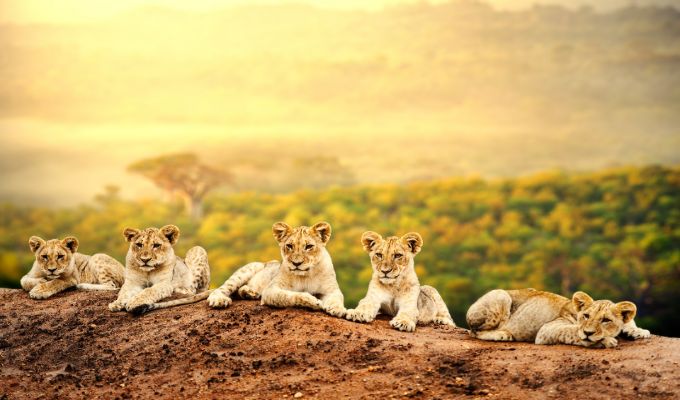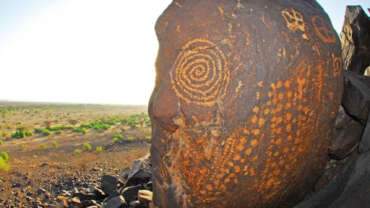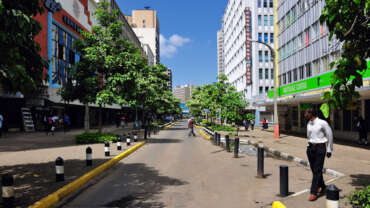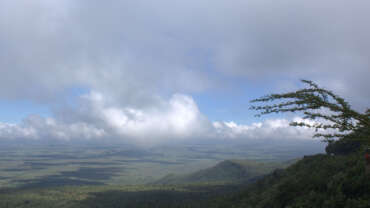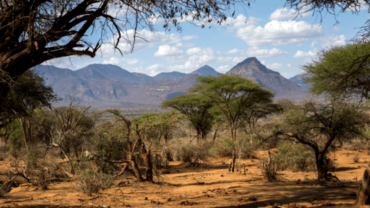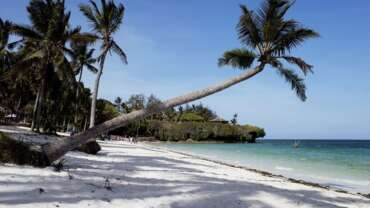Wildlife in Kenya!
The wild roars and nature comes alive in Kenya! Kenya’s protected areas are home to different variety of flora and fauna species. Each wilderness area is specially branded because it has something unique to offer. From the ‘World’s only Wildlife Capital’ of Nairobi, ‘Bird Watchers Paradise’ of Lake Nakuru to the ‘Kilimanjaro’s Royal Court’ of Amboseli, Kenya’s wilderness areas are the face of the wild Africa. This is why we are the home of the safari.
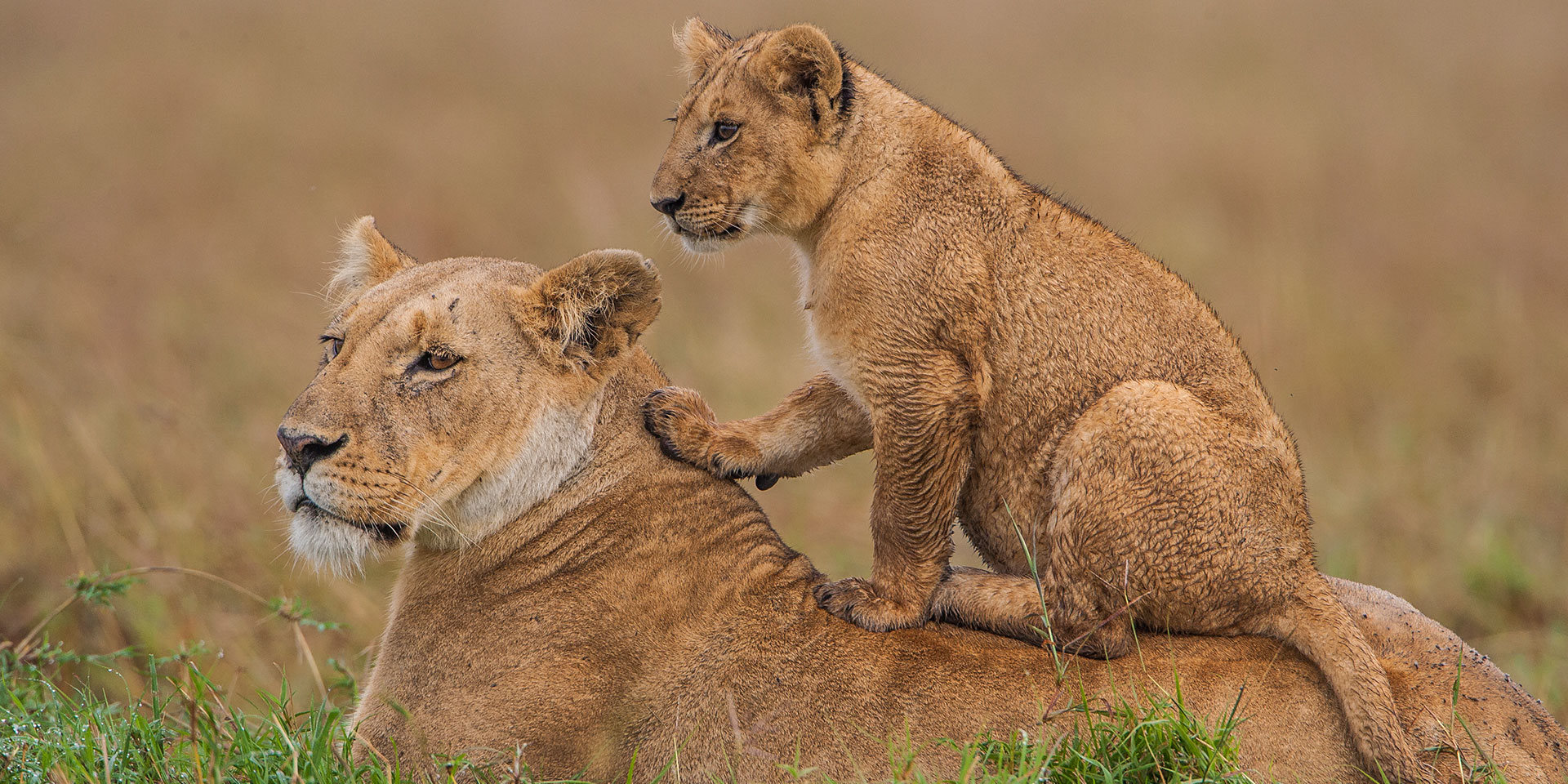
Masai Mara Game Reserve
Masai Mara National Reserve is one of the most popular tourism destinations in Kenya- Africa. The reserve is located in the Great Rift Valley in primarily open grassland.
Wildlife tends to be most concentrated on the reserve’s western escarpment.
The Masai Mara is regarded as the jewel of Kenya’s wildlife viewing areas. The annual wildebeest’s migration alone involves over 1.5 million animals arriving in July and departing in November.
There have been some 95 species of mammals, amphibians and reptiles and over 400 birds species recorded on the reserve.
Mara Triangle
Wildlife- Nowhere in Africa is more wildlife abundant. The Mara is known as one of the finest wildlife destinations in the world, with an excellent chance of seeing the big five, cheetah, serval, hyena, bat-eared foxes, black-backed and side-striped jackals, hippo, crocodile, baboons, warthog, topi, eland, Thompson’s gazelle, Grant’s gazelle, impala, waterbuck, oribi, reed-buck and zebra.
Climatic conditions – Altitude 5,300 feet (1,600 metres). Rainy season from November through May, with peak rainfall in December-January and April-May. Dry season from June-November. Often sunny mornings with cloud build-up in the afternoons – during the rains this develops into thunderstorms in the afternoon and evening. Max temperatures up to 30°C and min temperatures around 20°C.
Access – The Mara Triangle is serviced by two all-weather airstrips– Mara Serena and Kichwa Tembo. The main road access into the Triangle is through Narok and Sekenani Gate.
Accommodation – Mara Serena (150 beds that have luxury bedding and cozy pillows) and Little Governors’ Camp (36 beds luxury bedding and cozy pillows) are the only two lodges situated in the Triangle. Kichwa Tembo, Mpata Club, Olonana, Mara Siria and Kilima Camp are situated on the periphery but use the Triangle.
Best time to visit – Peak season is between July and October, during the migration. Early November and February can also offer excellent game viewing.
Activities – Game viewing, camping, night game drives, visits to Masai cultural villages, ballooning, bush dinner, lunch and breakfast. Masai Mara makes for a spot for a destination wedding photographer to engage different scenes with clients.
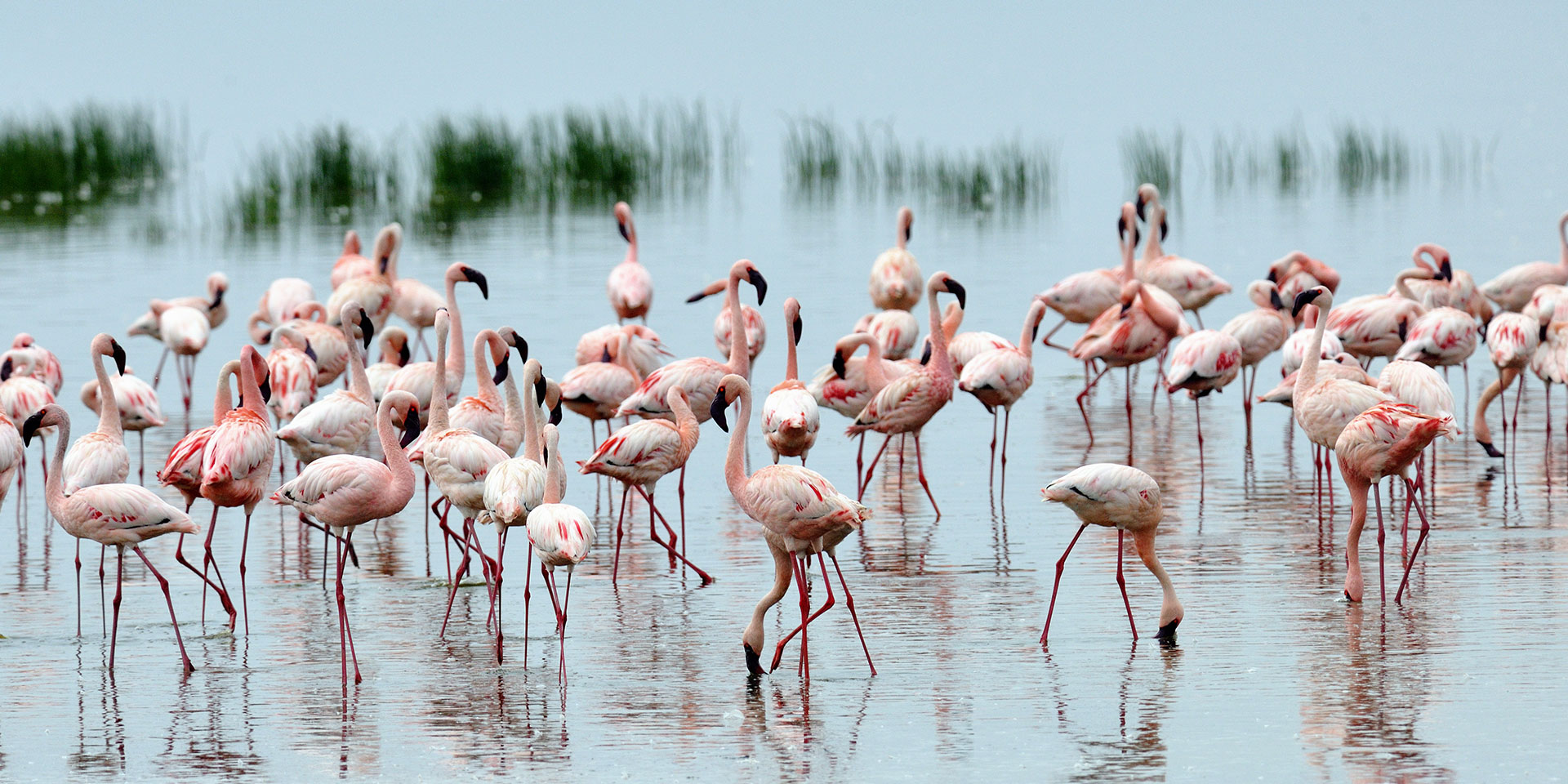
Lake Nakuru National Park
Lake Nakuru was first gazetted as a bird sanctuary in 1960 and upgraded to National Park status in 1968.
The Park has Kenya’s largest population of rhinos. The surface of the Lake Nakuru occupies about a third of the park. It supports a dense bloom of the blue-green Cyanophyte Spirulina platensis from which it derives its colour and is a food source for flamingos.
During peak season over millions of flamingos and Pelicans congregate on the lake.
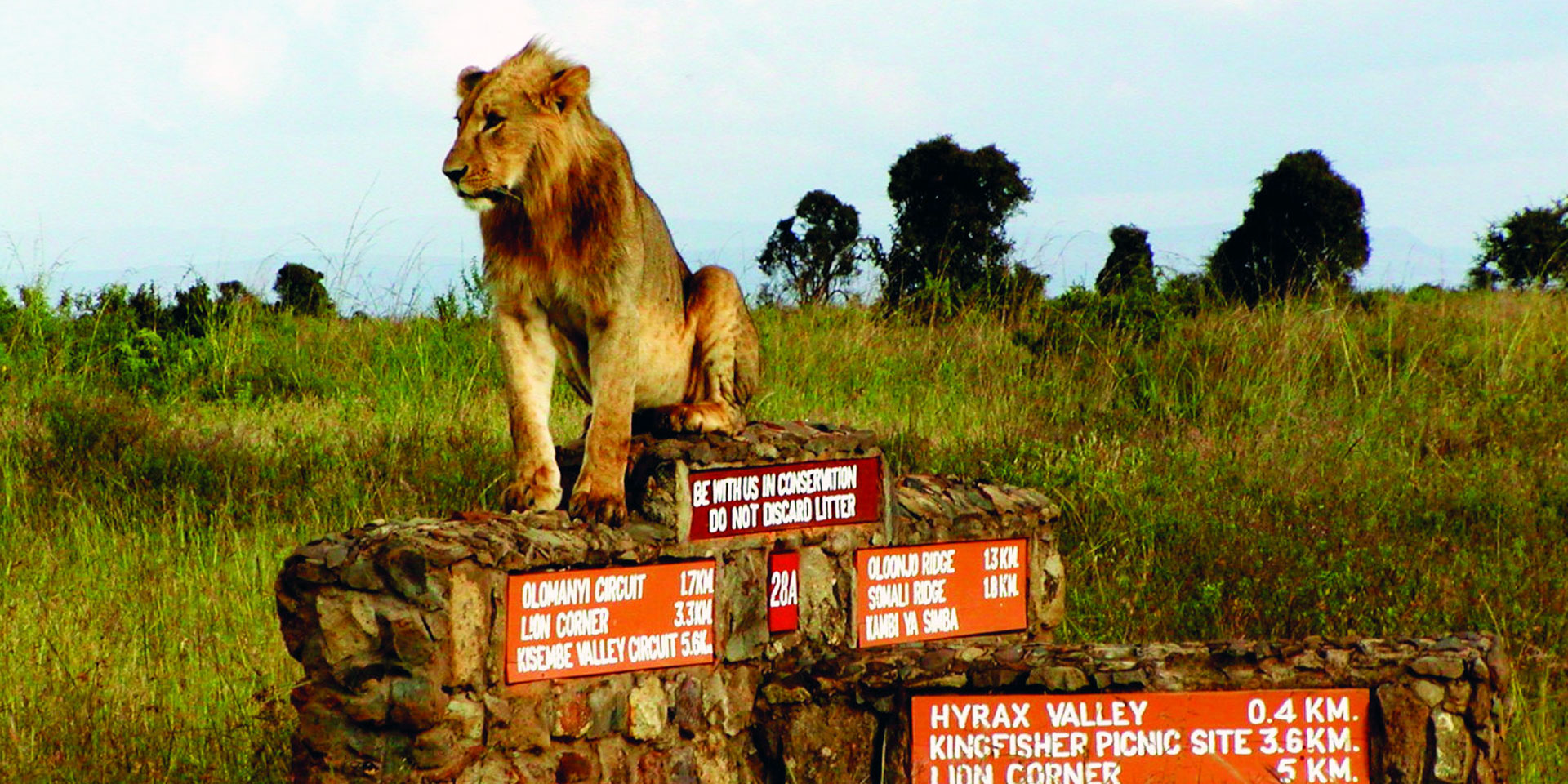
Nairobi National Park
Nairobi National Park is unique by being the only protected area in the world with a variety of animals and birds close to a capital city.
The park is a principal attraction for visitors to Nairobi.
Nairobi National Park is one of the most successful of Kenya’s rhino sanctuaries that is already generating a stock for reintroduction in the species former range and other upcoming sanctuaries.
Due to this success, it is one of the few parks where a visitor can be certain of seeing a black rhino in its natural habitat.
Nairobi Tented Camp is the first accommodation of any sort to be allowed in this unique safari destination. There is nowhere else in the world like it. Each of the 9 tents houses 2 people, and have their own flushing toilets and safari showers, so you can enjoy en-suite living safari style. This is a wilderness escape where you can savor the thrill of camping in the heart of thick bush land right on the door step of the capital city.
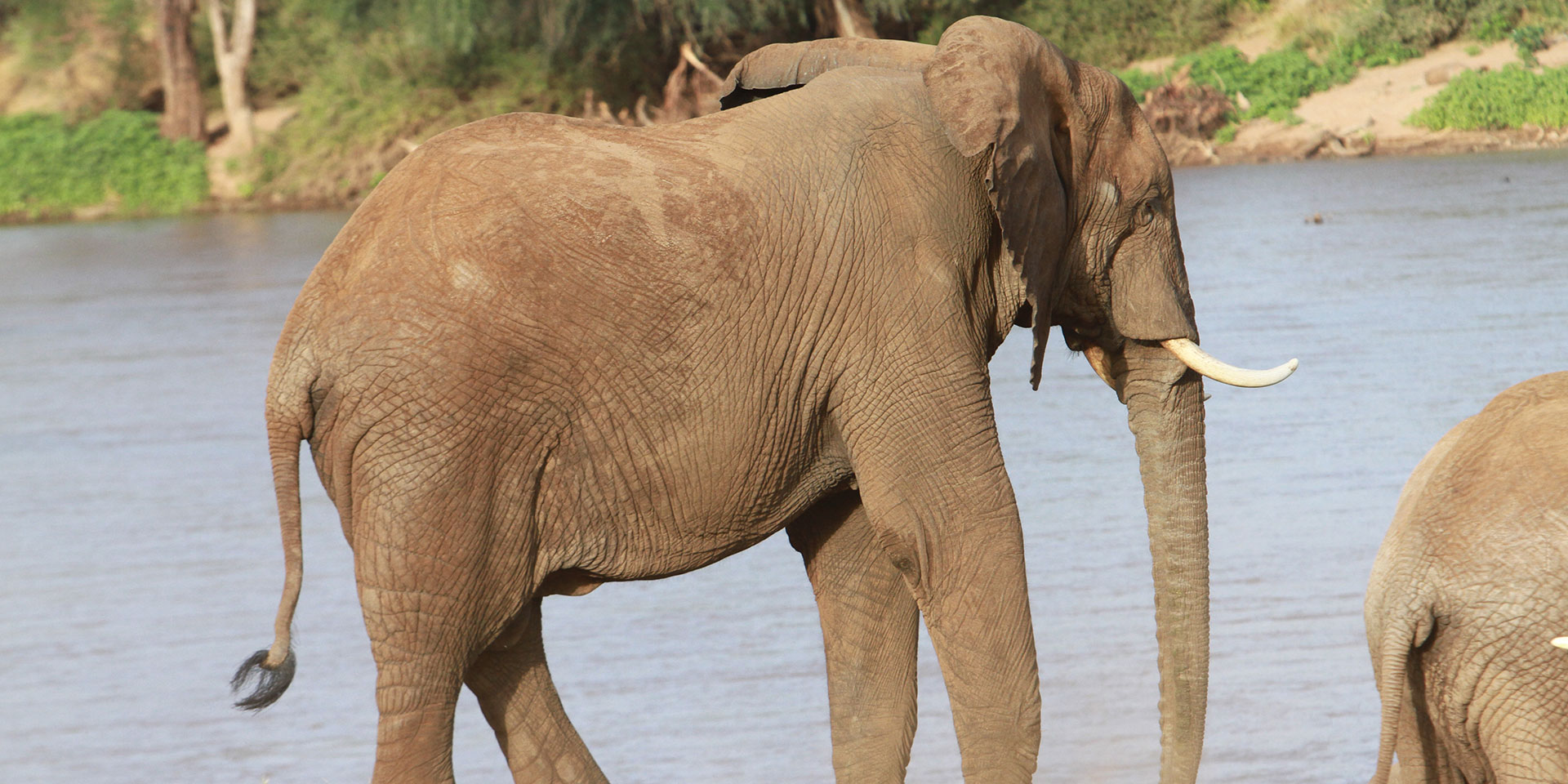
Samburu National Reserve
Samburu National Reserve is one of the lesser-known national parks, but is nevertheless teeming with life.
Situated alongside the Ewaso Nyiro River, there is plenty to attract wildlife from the surrounding savannah plains.
The reserve is rich in wildlife with an abundance of rare northern specialist species such as the Grevy’s zebra, Somali ostrich, reticulated giraffe, gerenuk and the beisa oryx (also referred to as Samburu Special Five).
The reserve is also home to elephants and large predators such as the lion, leopard and cheetah. ‘Kamunyak’, the miracle lioness that adopted the baby oryx was as a resident in the reserve.
Wild dog sightings are also a common attraction to this unique protected area. Birdlife is abundant with over 450 species recorded.
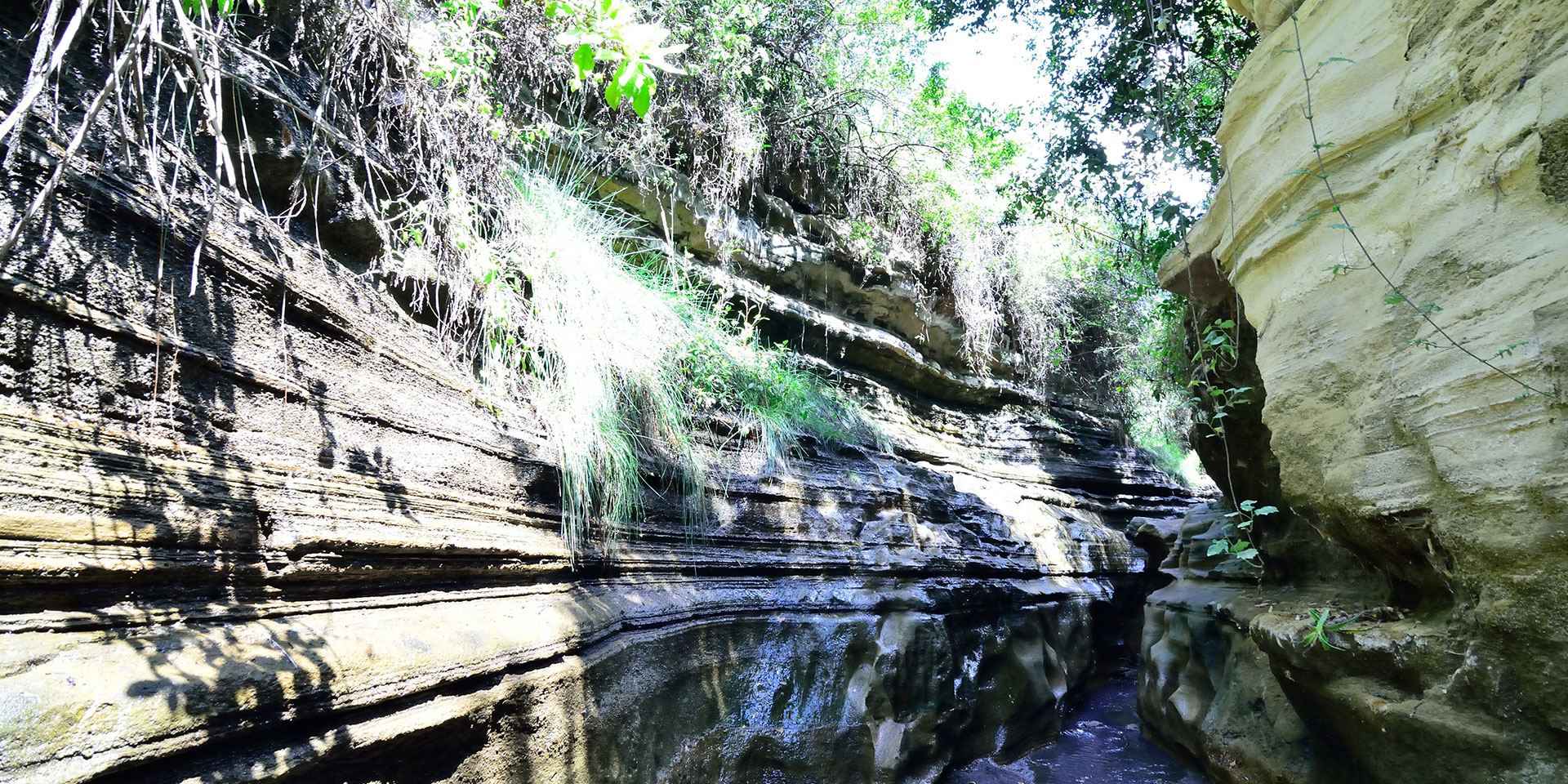
Hell’s Gate National Park
Hell’s Gate National Park covers an area of 68.25 square km and is situated in the environs of Lake Naivasha about 90 km from Nairobi. The park is 14 km after the turnoff from the old Nairobi-Naivasha highway.
It is characterized by diverse topography and geological scenery. It is an important home of the lammergeyer (The Bearded Vulture).
Hell’s Gate can be accessed through two main gates: the main Elsa Gate and the Olkaria Gate. The latter also serves the Olkaria Geothermal Station that is located inside the National Park.
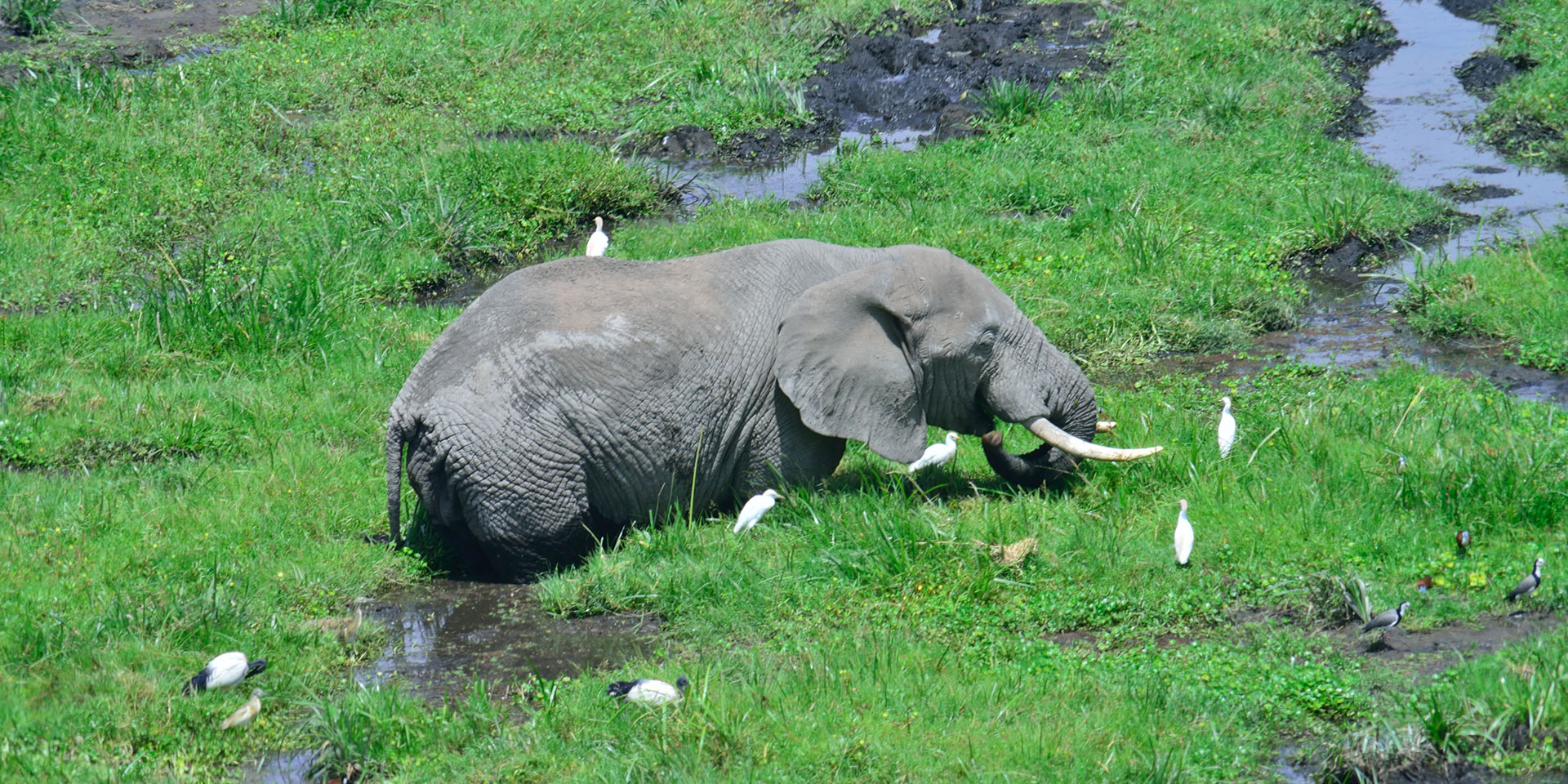
Amboseli National Park
Amboseli lies immediately north-west of Mount Kilimanjaro, on the border with Tanzania. The Park covers 392 square km, and forms part of the much larger 3,000 square km Amboseli ecosystem.
Amboseli lies immediately north-west of Mount Kilimanjaro, on the border with Tanzania. The Park covers 392 square km, and forms part of the much larger 3,000 square km Amboseli ecosystem.
Large concentrations of wildlife occur here in the dry season, making Amboseli a popular tourist destination. It is surrounded by six communally owned group ranches.
The National Park embodies five main wildlife habitats (open plains, acacia woodland, rocky thorn bush country, swamps and marshland) and covers part of a Pleistocene lake basin, now dry.
Amboseli is famous for its big game and its great scenic beauty; the landscape is dominated by the towering Mount Kilimanjaro.
The National Park embodies five main wildlife habitats (open plains, acacia woodland, rocky thorn bush country, swamps and marshland) and covers part of a Pleistocene lake basin, now dry. Within this basin is a temporary lake, Lake Amboseli, that floods during years of heavy rainfall.
Major Attractions: Mount Kilimanjaro; Observation Hill which allows an overall view of the whole park especially the swamps and elephants; Swamp below observation hill hosts many elephants, buffaloes, hippos and a variety of water fowl like pelican; Egyptian goose; contemporary Maasai culture and indigenous lifestyle; herds of elephants.
Wildlife: Amboseli has over 80 different mammals to be found ranging from the tiny (and rarely seen) spectacled elephant shrew to the huge bulk of the African elephant. Few visitors will go home without superb elephant pictures with Kilimanjaro as a backdrop. There are over 400 bird species.
Getting there – By Road: The main road into the park is from Nairobi via Namanga (240 km) on the Nairobi-Arusha Road, via Meshanani Gate. The road is tarmacked up to Namanga but is marram from Namanga to Meshanani Gate (75km).
The other road is via Emali (228 km) on the Nairobi- Mombasa Road. The road is tarmacked up to Emali and marram from Emali to Remito Gate (64 km) Access from Mombasa is mainly through Tsavo West via Kimana (Olkelunyiet) Gate.
By Air: The Park has an airstrip at Empusel gate. There is also an airstrip for light aircraft at the Park Headquarters (Olekelunyiet). Other airstrips exist at Kilimanjaro Buffalo Lodge and Namanga town.
Where to stay – Amboseli has a range of accommodation to suit all budgets, tastes and interests. There are very basic campsites where one can pitch a tent and sleep under canvas in the wild, well appointed safari lodges, luxury tented camps with large, fully furnished tents, small private camps for your exclusive use and much, much, more.
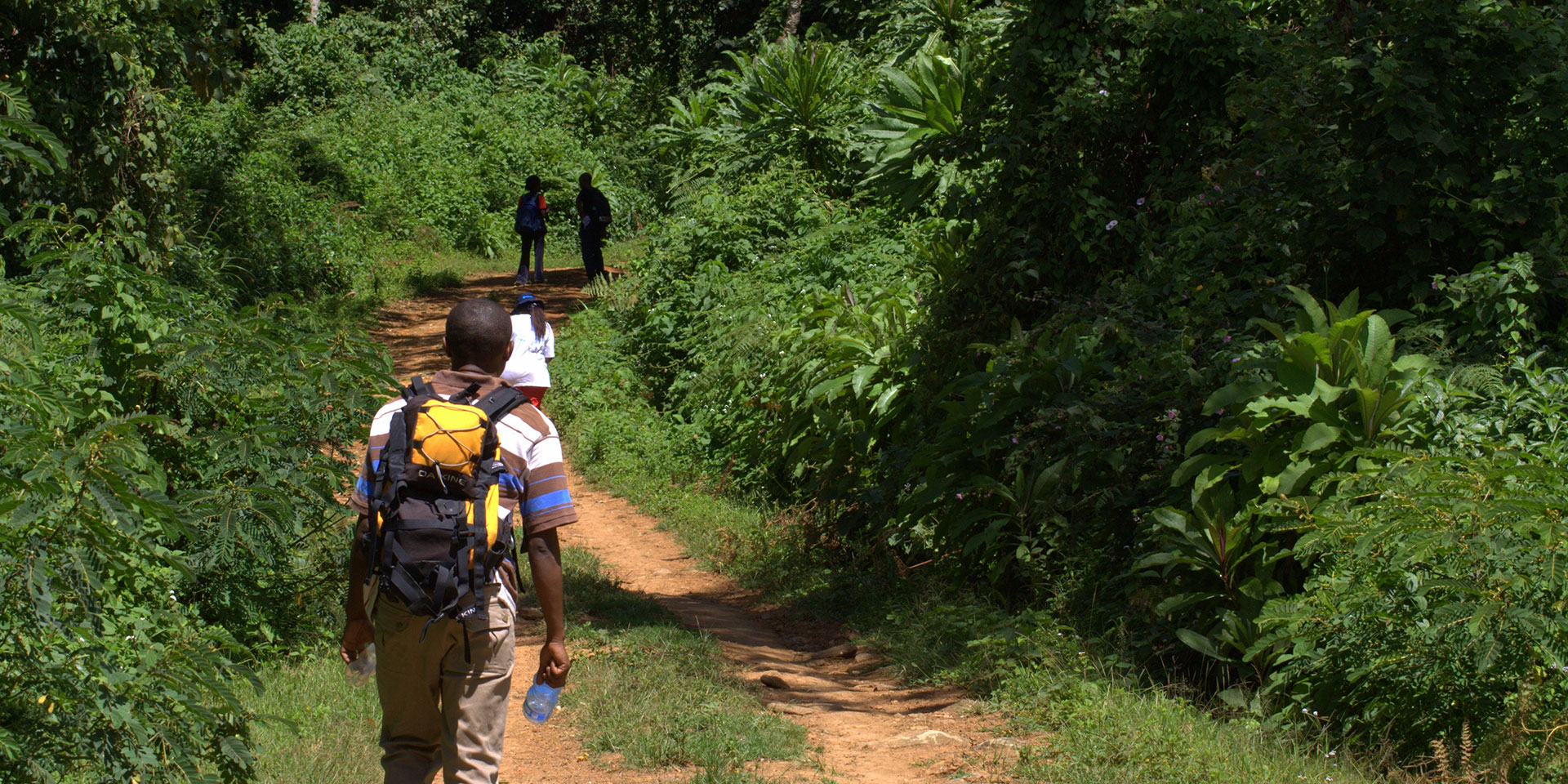
Ol Donyo Sabuk National Park
A rugged, hump-backed outcrop of ancient rock jutting high above the Athi Plains and hazily visible from Nairobi, Ol Donyo Sabuk is a densely forested mountain known to the local Kikuyu as ‘The Mountain of the Buffalo’, and to the Maasai as ‘The Big Mountain’.
Just one road leads to its summit, which offers magnificent 360’ panoramas over the Athi River, the pineapple fields of Thika and the snow-capped peaks of both Mount Kilimanjaro and Mount Kenya.
Within easy reach of Nairobi, the lush vegetation and cool air of this compact and scenic National Park make for an ideal day trip or camping weekend.
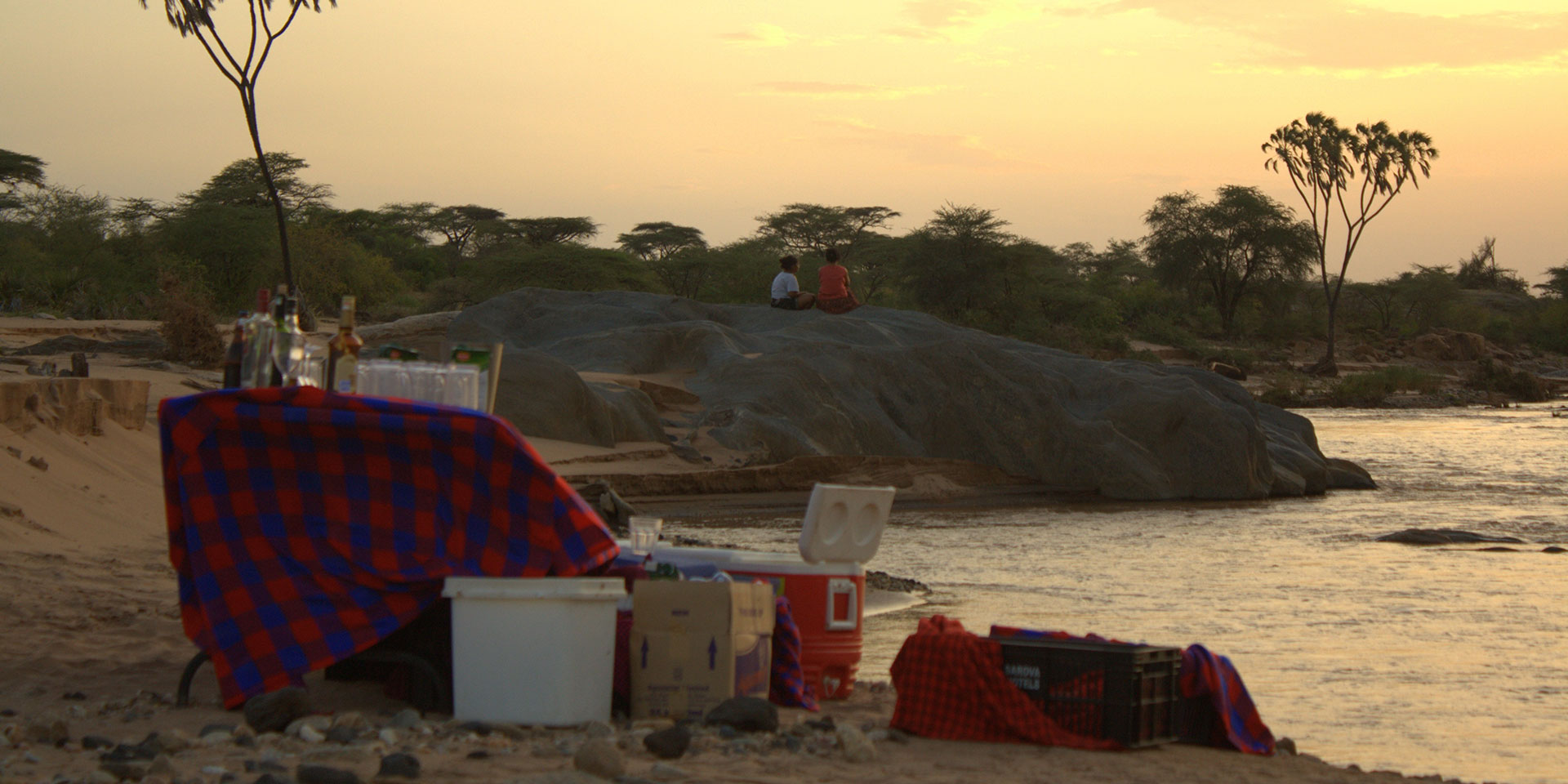
Buffalo Springs and Shaba National Reserve
The Isiolo District lies at the northern foot of Mt Kenya rising above the expansive range lands of northern Kenya.
The arid and semi-arid zones district sits as a divide between the populous agricultural highlands of the Mt. Kenya region and acts as a gateway into the vast lowlands of North Kenya inhabited by various nomadic pastoralist communities where wildlife and livestock freely co-exist.
Together with the adjacent Samburu, and divided by the river Ewaso Nyiro, the three reserves form a very popular tourist destination because of the diverse wildlife populations they support.
Unlike other wildlife areas in Kenya’s northern tourist circuit, the reserves, which are popularly known as the Samburu Ecosystem, sustain free ranging wildlife species both within the three reserves as well as far into community lands.
Climatic Conditions – Temperatures range from 30ºC during hottest months to 20ºC between July and September. Annual rainfalls range between 100mm to 300mm on average usually divided into two seasons, short rains in October/ November and long rains between February and May.
Wildlife – Besides normal species found elsewhere in Kenya, the area is a natural home to the five rare species known as the five northern species which are endemic to this area. They are Grevy’s zebra, reticulated giraffe, Beisa Oryx, Somali ostrich and the gerenuk. Shaba is also the home for the highly endangered Williamson’s lark. All these rare species can only be found inside this game reserve.
Access – Roads: From Nairobi through Nanyuki on a tarmac road to Isiolo, then a 22km murram road. Air: Buffalo Springs Airstrip is used by scheduled flights from Nairobi each day linking the reserves to other tourism destinations.
Best time to visit – All the year round
Activities – Game viewing safari, nature walks, entertainment by pastoralist cultural dancers, and visits to cultural villages to get the experience of nomadic lifestyle in the community.
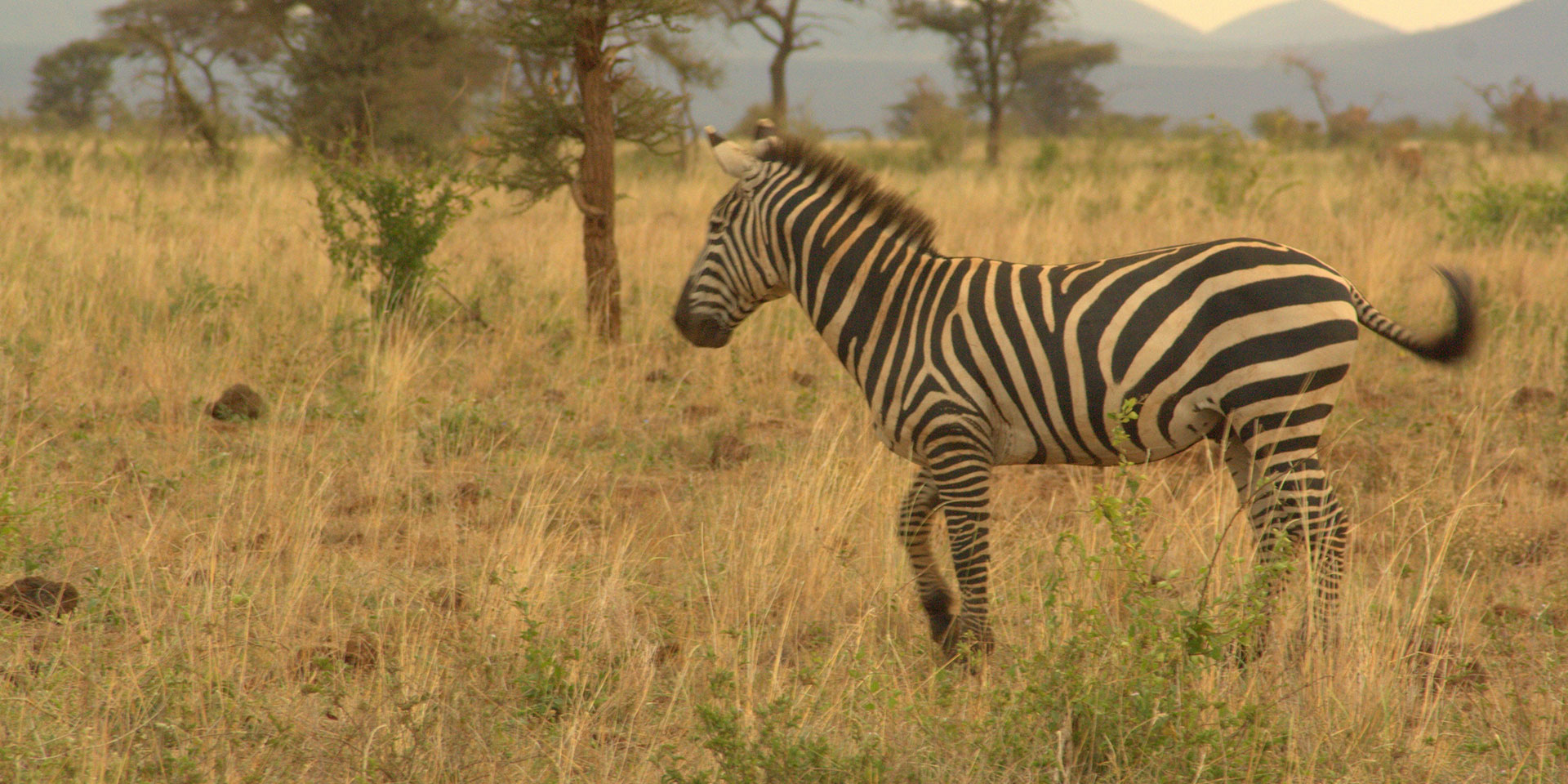
Meru National Park
Meru National Park is wild and beautiful. Straddling the equator and bisected by 13 rivers and numerous mountain-fed streams, it is an especially beautiful area of Kenya. It has diverse scenery from woodlands at 3,400ft (1,036m) on the slopes of Nyambeni Mountain Range, north east of Mt. Kenya, to wide open plains with meandering riverbanks dotted with doum palms.
Game to view includes: lion, elephant, cheetah, leopard black rhino, zebra, gazelle, oryx and some of the rarer antelope, Lesser Kudu and duiker, also the more common dik dik, one of Africa’s smallest antelope. Large prides of lion can be seen and some of Kenya’s largest herds of buffalo. The rivers abound with hippo and crocodile, fishing for barbus and catfish is permitted at camp sites and along the Tana River. In the mid 1980’s, the Park suffered from poaching, however KWS armed wildlife security patrols have driven out the poachers and the elephant population has stabilized with breeding herds settling down.
Over 300 species of birds have been recorded, including: Red-necked falcon, Heuglins courser, brown-backed woodpecker, sunbirds Peter’s Fin foot, inhabiting the Murera and Ura Rivers; Pel’s Fishing Owl, kingfishers, rollers, bee-eaters, starlings and weavers.
The Park is most famous as the setting for Joy Adamson’s book “Born Free”, the story of the Adamson’s life and research amongst lion and cheetah. “Elsa” the lioness was the most well-known and her grave is marked here. There is one lodge (132 beds) and two tented camps are planned. There are 8 special campsites which must be pre-booked, one public campsites; Elsa camp, KWS self-help bandas and Leopard Rock bands.
There are two routes to Meru national park from Nairobi. The first is the main road via Nyeri, Nanyuki and Meru, the second is via Embu-Meru road. It offers the best approach via the Ura gate. Dry weather route from Meru is through Mathara and Kangeta towards Maua turning left on the Kinna road leading to the National park gate. There are airstrips and leopard rock or Meru Mulika lodge.



